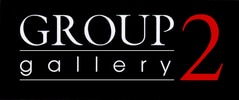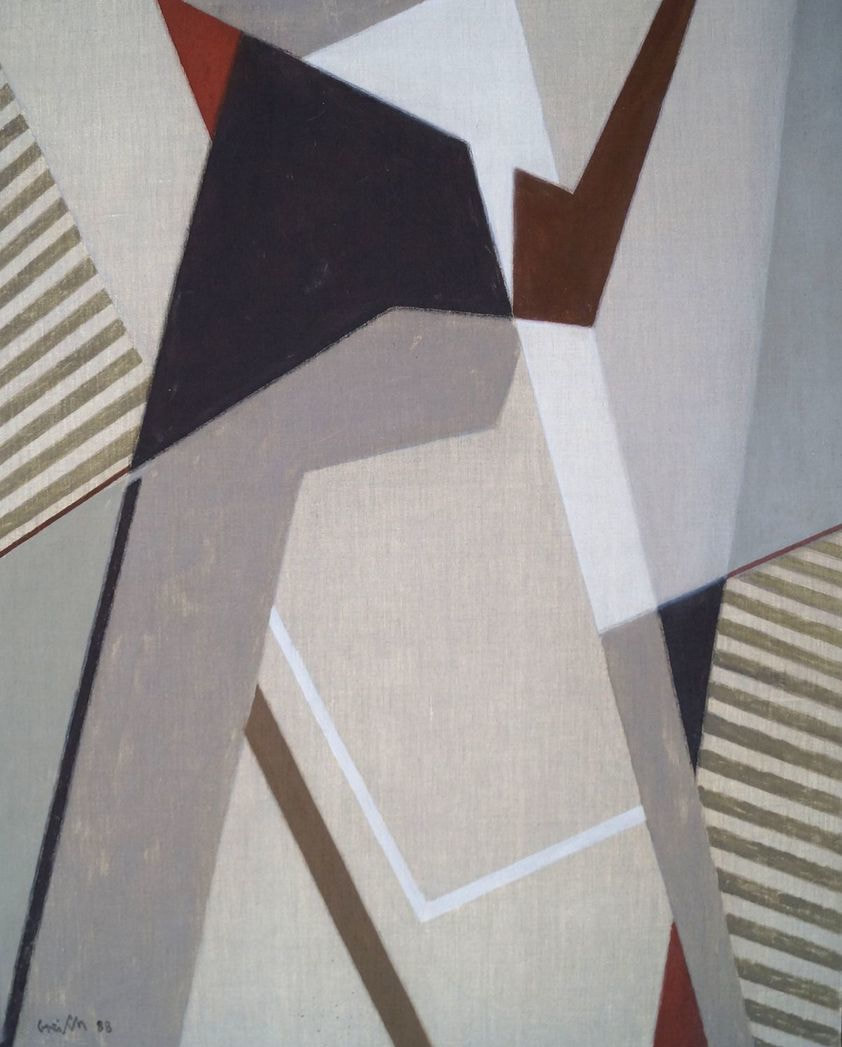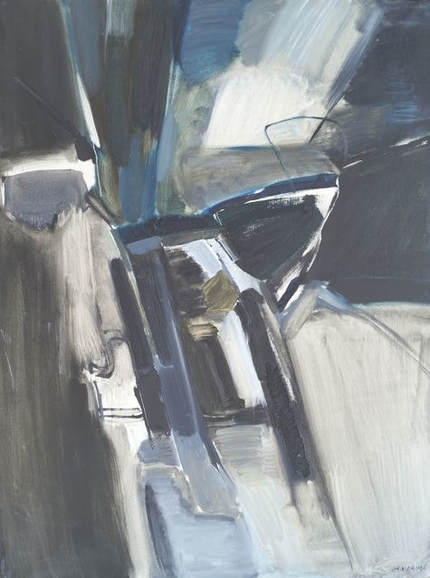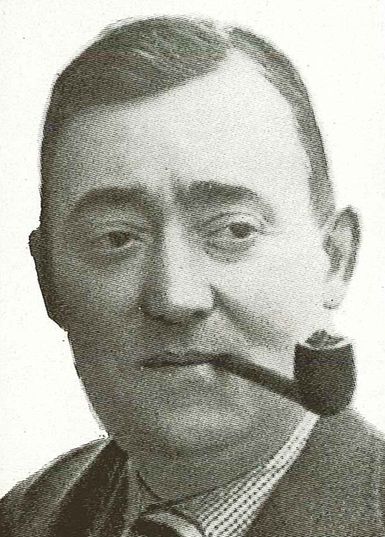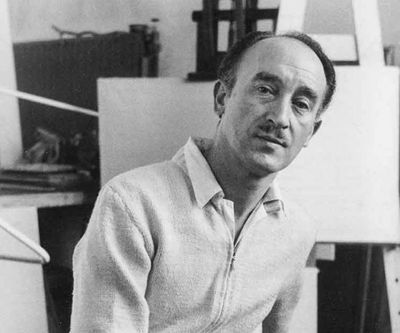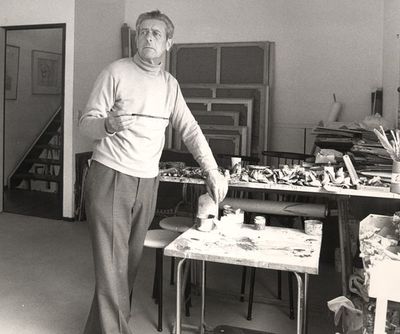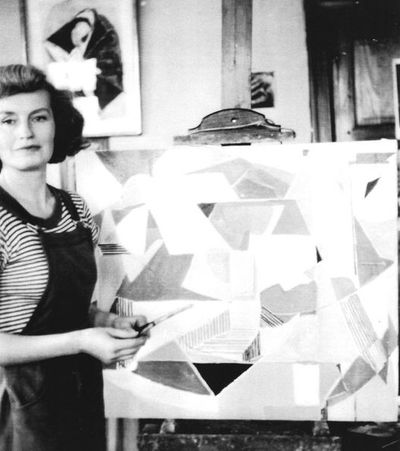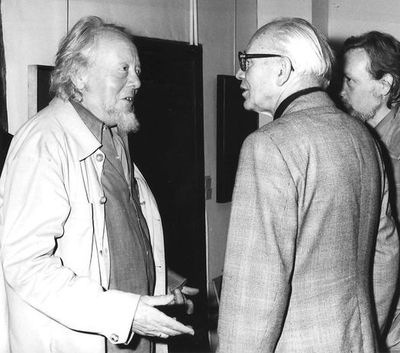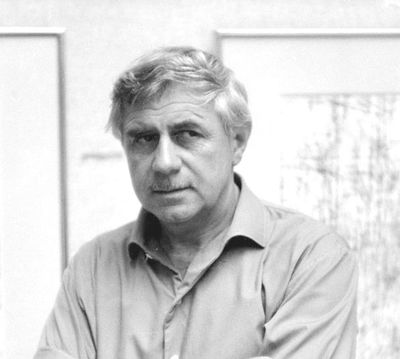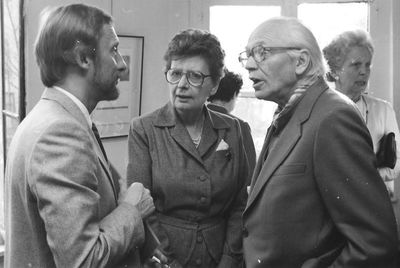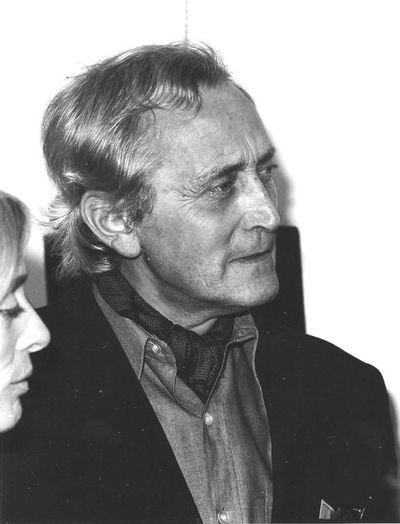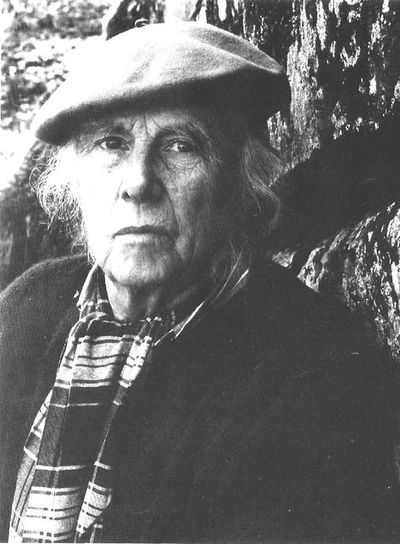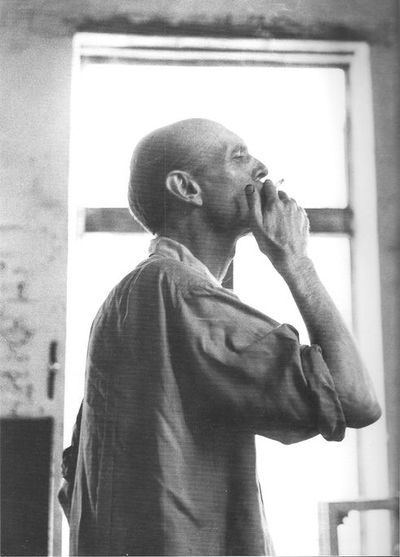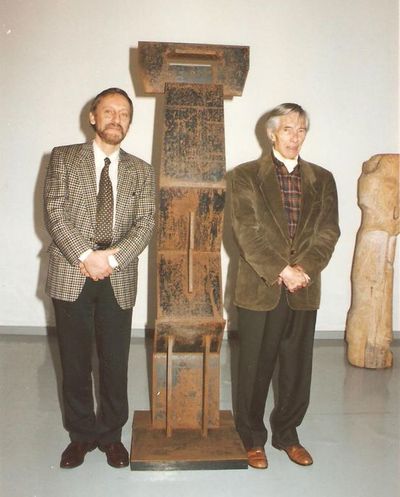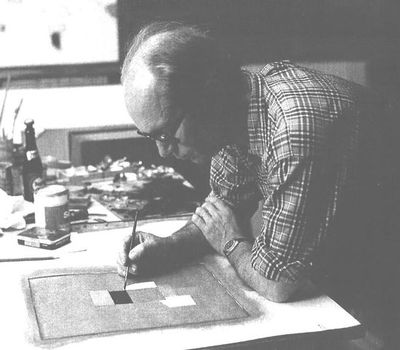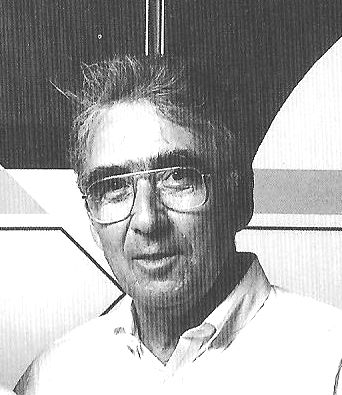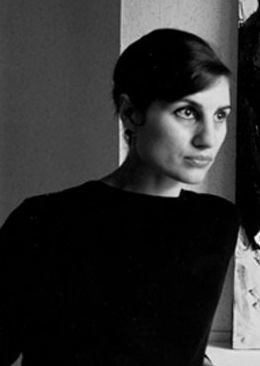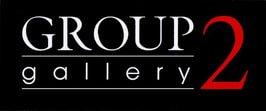A SELECTION OF ARTISTS BY
SERGE GOYENS DE HEUSCH
BERTRAND VAN LINT QUINET MILO
DELAHAUT FLOUQUET LISMONDE
VAN ANDERLECHT DUBAIL GREISCH
SCHROBILTGEN WILLEQUET DECOCK
DUDANT GHOBERT VAN LANGE
July 25 - August 31 2018
Serge Goyens de Heusch (Brussels 1939) graduated as an art historian at the "Institut supérieur de l'histoire de l'art" in Brussels, the University of Louvain-la-Neuve and the University of Paris-Sorbonne. Mr Goyens de Heusch has been director of the Institute of Fine Arts in Wavre, of Galerie Armorial at the Grand Sablon in Brussels and of the "Foundation for belgian contemporary art", a public institution founded in 1981 and promoting belgian artists through the organization of exhibitions and the publication of books and monographies. Above all, Mr Goyens de Heusch is a prolific writer who published dozens of books and monographies about belgian artists from the XXth century. During his long career he built an impressive collection of belgian modern art, which he generously bequeathed to the Museum of Louvain-la-Neuve, an important belgian University city. At the same time a fine book "Belgian Art of the XXth Century" has been published.
Louis Van Lint, Le droit se balance, 1943
SOLD
SOLD
